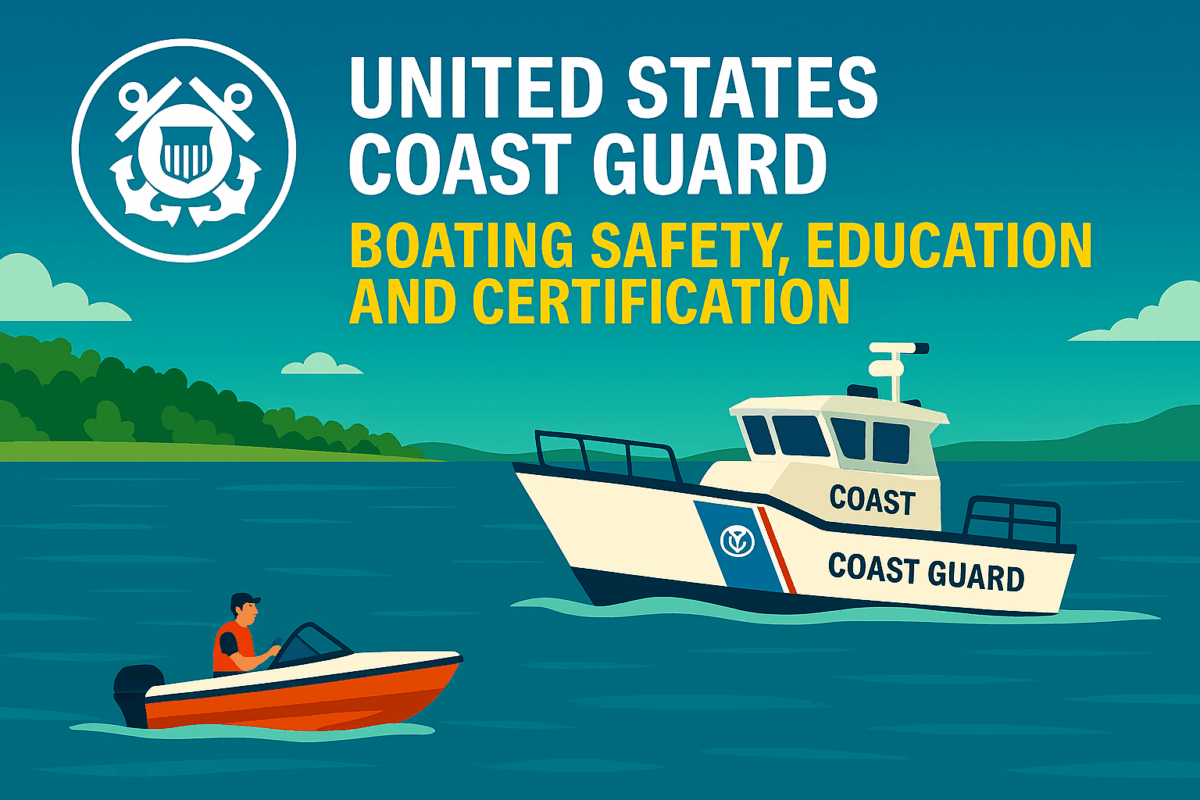Call: 1-800-832-7191

USCG Medevac off Hawaii
Urgent Response: USCG Medevac off Hawaii
The USCG Medevac off Hawaii showcased the Coast Guard’s swift action and coordination during a life-threatening emergency at sea. The awesome video is here. The U.S. Coast Guard conducts medical evacuations (medevacs) to rescue individuals suffering serious medical emergencies at sea. These operations often involve deploying MH-60T Jayhawk helicopters or coordinating with other military branches for long-range rescues. Crews respond to stroke symptoms, injuries, or life-threatening conditions aboard ships, oil rigs, and remote vessels.
Medevac teams use rescue swimmers, hoist baskets, and advanced communication tools to safely transfer patients to shore-based medical facilities. Effective coordination between air stations, ship crews, and emergency services ensures rapid response and life-saving care. Medevac missions highlight the Coast Guard’s vital role in maritime safety and emergency response.
Emergency Begins 300 Miles Offshore
A 72-year-old cruise passenger aboard Holland America’s Koningsdam suffered multiple strokes while sailing 300 miles off Kailua-Kona. The ship alerted the Joint Rescue Coordination Center in Honolulu. A Coast Guard flight surgeon determined a medevac was necessary within 20 hours to save the man’s life.
The USCG Medevac off Hawaii was a Coordinated Airlift Operation
At 9 a.m. the next morning, crews from an HC-130 Hercules airplane and an MH-65 Dolphin helicopter launched from Air Station Barbers Point. They met the cruise ship 60 miles south of Honolulu. Despite worsening weather, the helicopter crew lowered a rescue basket and safely hoisted the patient aboard.
Transport to Medical Care
After the successful airlift, the Coast Guard transported the man to Queen’s Medical Center in Honolulu. He received immediate treatment and was reported in stable condition. The operation demonstrated the Coast Guard’s ability to respond quickly across vast ocean distances.
The USCG Medevac off Hawaii shows how Teamwork Saves Lives
Lt. Cmdr. John Stockton praised the coordinated effort. “Teamwork is critically important for medevacs, which are among the most time-sensitive and high-stakes missions we take on,” he said. The USCG medevac off Hawaii highlights the importance of readiness, communication, and specialized equipment in maritime emergencies.
